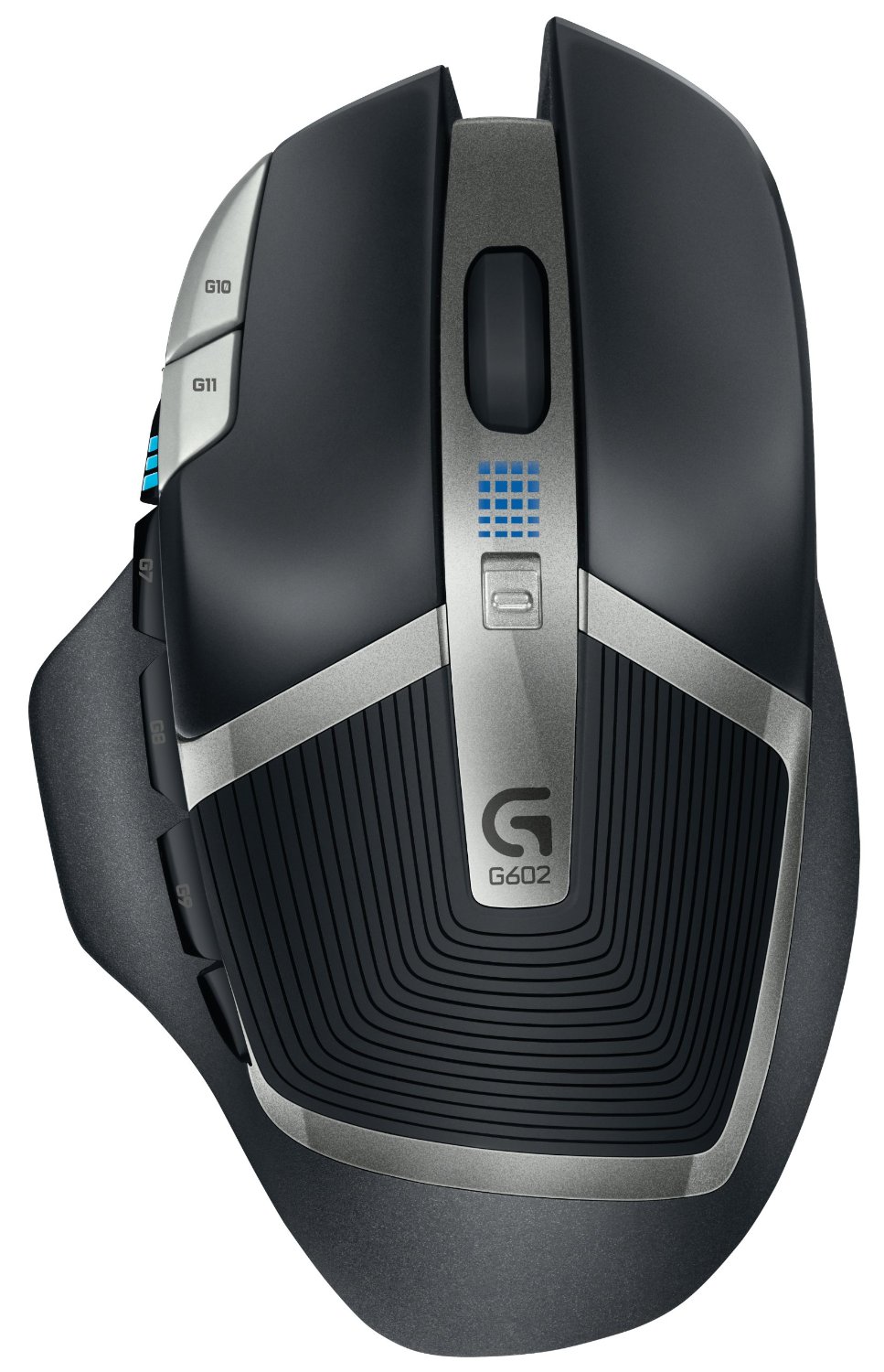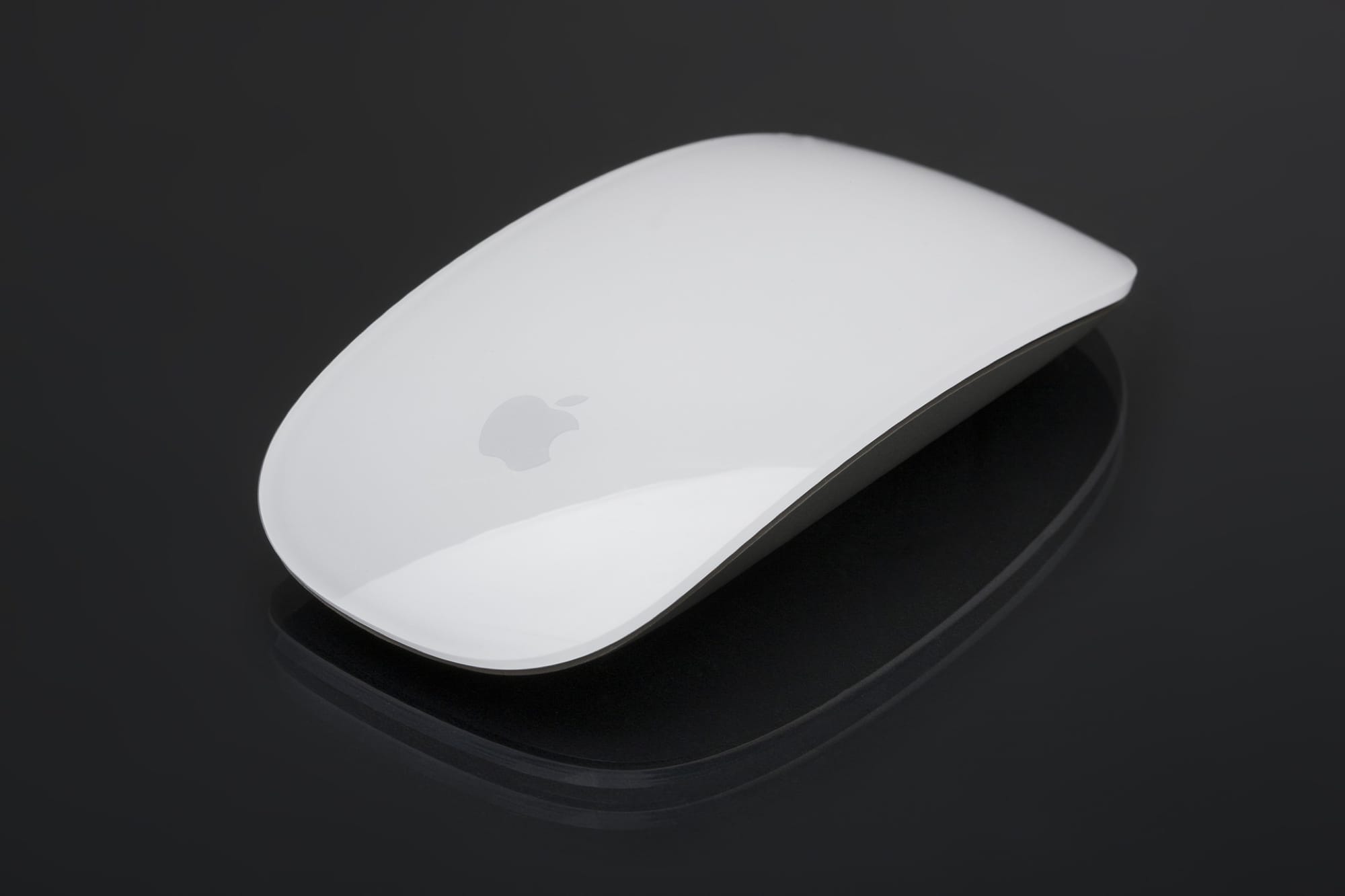Mouse For Apple Mac

Nothing is more annoying than a laggy and slow mouse, especially when you are in a mood to get some serious work done. In this article, we are showing you the steps to fix a laggy mouse on Mac.
Package - Apple - MacBook Air 13.3' Laptop with Touch ID - Intel Core i3 - 8GB Memory - 256GB Solid State Drive (Latest Model) - Space Gray + 3 more items User rating, 4.8 out of 5 stars with 5489 reviews. If your Apple wireless mouse, keyboard, or trackpad isn't working with your Mac as expected Adapters, cables & ports Find the right power adapter and cable for your Mac notebook. This should flash a few times while the Apple mouse seeks a connection to the Mac. Flip the mouse over and depress the surface of the Magic Mouse. You should see a connected symbol. Macally USB Wired Mouse with 3 Button, Scroll Wheel, & 5 Foot Long Cord, Compatible with Apple Macbook Pro / Air, iMac, Mac Mini, Laptops, Desktop Computer, & Windows PC (TURBO) 4.5 out of 5 stars 1,034. So, here we have listed some best mouse for MacBook Pro which you can buy without making much research. We have also mentioned their specifications too. Apple Magic Mouse 2. Apple Magic Mouse 2 is one of the best mouse for MacBook Pro. It is a Professional and sleek mouse by Apple. This is the upgrade over the previous Magic mouse.
Fix Laggy or Slow Mouse on Mac
The issue of a laggy or slow mouse on Mac could be due to a variety of reasons, ranging from weak batteries, a faulty mouse and incorrect settings to software related issues.
Hence, we are listing below a number of ways to fix laggy or slow mouse on Mac, starting with the simplest methods like replacing the batteries on the Mouse, before moving onto more complex methods.
You can try these methods in sequence or jump to any particular method/methods that you believe are more likely to help in your case.
Check Mouse and Mouse Pad
Examine your Mouse and make sure that no debris/dirt is stuck in the laser opening of the Mouse, located at the bottom of the Mouse. Also, take a good look at the Mouse Pad and see if it needs to be replaced (Worn out, Dirty).
Replace Batteries
One of the most common reason for laggy or slow Mouse on Mac is due to the Batteries on the Mouse being weak. Hence, simply replace the battery on the Mouse of your Mac with a new one and see if it helps in fixing the problem
Change USB Port
Another common reason is the USB port of the Mac not playing well with your Plug & Play Mouse due to some technical glitch. To rule out this possibility, plug the mouse into another USB port and see if it starts working better.
In case you are using a USB Hub, try plugging the mouse directly into the USB Port of your Mac and see if the problem is gone.
Restart Mac
The most common troubleshooting tip is to restart your device and see if it starts working properly after restarting. This simple tip is based on the fact that restarting a computer can often help it recover from stuck programs and minor software glitches which might be causing problem s on the device.
1. Click on Apple Logo from the top menu bar on your Mac and then click on Restart from the dropdown menu.
Is Your Mouse Defective ?
Follow the steps below, to rule the possibility of the Mouse being defective.
1. Plug in another Wireless/Bluetooth Mouse into your Mac.
Apple Macbook Mouse
If the new mouse works perfectly fine than chances are that your mouse is defective and needs to be replaced.
2. Now, plug the Mouse into another computer (Preferably a Windows computer).
If the Mouse is still not working, it confirms that the Mouse is defective. If you recently bought the mouse, return or exchange it as soon as possible.
Fix Slow Mouse On Mac Using System Preferences
In case you find that the cursor is dragging or moving slowly, it is most likely that the tracking speed of the mouse has been set to a low value on your Mac.
1. Click on the Apple Icon from the top left corner of your screen and then click on System Preferences… in the dropdown menu.
2. On the System Preferences screen, click on the Mouse icon (See image below)
3. On the next screen, adjust both the tracking speed and scrolling speed by moving their respective sliders to the right (See image below)
The change takes effect immediately, start using your Mouse and see if it feels faster than it was before. In case the Mouse has become too fast, play around with the sliders, until you get the right tracking speed.
Fix Slow Mouse on Mac by Turning Off Handoff Feature
Some users have reported that turning off the handoff feature on Mac has resolved the problem of a slow or laggy mouse.
1. Click on the Apple icon from the top left corner of your screen and then click on System Preferences… in the dropdown menu.
2. On the System Preferences screen, click on General.
3. On the General settings screen, uncheck the option for Allow handoff between this Mac and your iCloud devices.
Unplug and Move Other Wireless Devices Near your Mac
Sometimes the problem of a laggy or slow mouse is due to interference from other Bluetooth devices that are close to your Mac.
1. Disconnect all the wireless devices (including your mouse) from your Mac.
2. Next, Turn OFF the Bluetooth option on your Mac
3. Move all the disconnected wireless devices away from your Mac
Apple Rechargeable Mouse For Mac
4. Now, plug the Mouse back into the Mac and enable Bluetooth on your Mac.
See if this method has improved the speed and performance of the Mouse.
Reset NVRAM
NVRAM which stands for Non-Volatile Random-Access Memory stores the settings of external devices connected to Mac. It is quite possible that the reason for laggy or Slow Mouse on your Mac is due to its corrupted NVRAM.
You can follow the steps mentioned in this article to Reset NVRAM on your Mac: How to Reset NVRAM or PRAM on Mac
Image Source – Apple.com
Apple Magic Mouse 2, Magic Keyboard, Magic Keyboard with Numeric Keypad, and Magic Trackpad 2 work wirelessly with your Mac via Bluetooth when they're paired and turned on.
If your devices came with a new iMac, they're already paired with the computer. Just turn them on when you first turn on your Mac. To make sure that your device is turned on, check its power switch. If green is visible, the device is on.
If you bought your devices separately — or if they've become unpaired from your Mac — follow the steps below to pair them.
How to set up current Apple wireless devices
Follow these steps to set up your Magic Mouse 2, Magic Keyboard, Magic Keyboard with Numeric Keypad, or Magic Trackpad 2:
- Connect a Lightning to USB Cable1 or a USB-C to Lightning Cable to the Lightning port on the device2 and connect the other end of the cable to your Mac.
- Make sure that the device's power switch is in the ON position. (Green is visible under the switch when the device is on.)
- Choose Apple () menu > System Preferences, then click Bluetooth to open the Bluetooth preferences window. When the device pairs with your Mac, it appears in the list of devices.
- Check the Bluetooth preferences window to see your device's charge level. When the device is charged, unplug it for wireless use.
1. If your Bluetooth device came with an iMac, a Lightning to USB cable was also included in the box.
2. Magic Mouse 2 can't be used while connected to the cable.
How to set up earlier Apple wireless devices
If you're not sure which device you have, you can learn how to identify your Apple wireless mouse, keyboard, or trackpad.

Mouse For Apple Macbook
Then use a wired mouse or trackpad — or the built-in trackpad if you're using a Mac notebook — and follow these steps to set up your earlier Apple wireless devices (such as the Apple Wireless Keyboard, Magic Mouse, and Magic Trackpad):
- Turn on your device.
- Wait until your device's LED starts blinking, which means that it's in Discoverable Mode. (If the LED is on but not blinking, your device is already paired with another host. To unpair it, choose Apple menu > System Preferences, then click Bluetooth. Hover the pointer over the device you want to remove, then click the button that appears next to the device's name. Turn the device off, then start again at step 1.)
- Choose Apple menu > System Preferences, then click Bluetooth.
- Wait while your Mac searches for your device. When your device appears in Bluetooth preferences, click Pair1.
1. Apple Wireless Keyboard requires the passcode that appears on your Mac. Enter the 8-digit passcode on the keyboard, then press Return. Earlier models of Apple Wireless Mouse or Apple Magic Trackpad will connect automatically or show a dialog. If you see a dialog, click Pair or press Return.